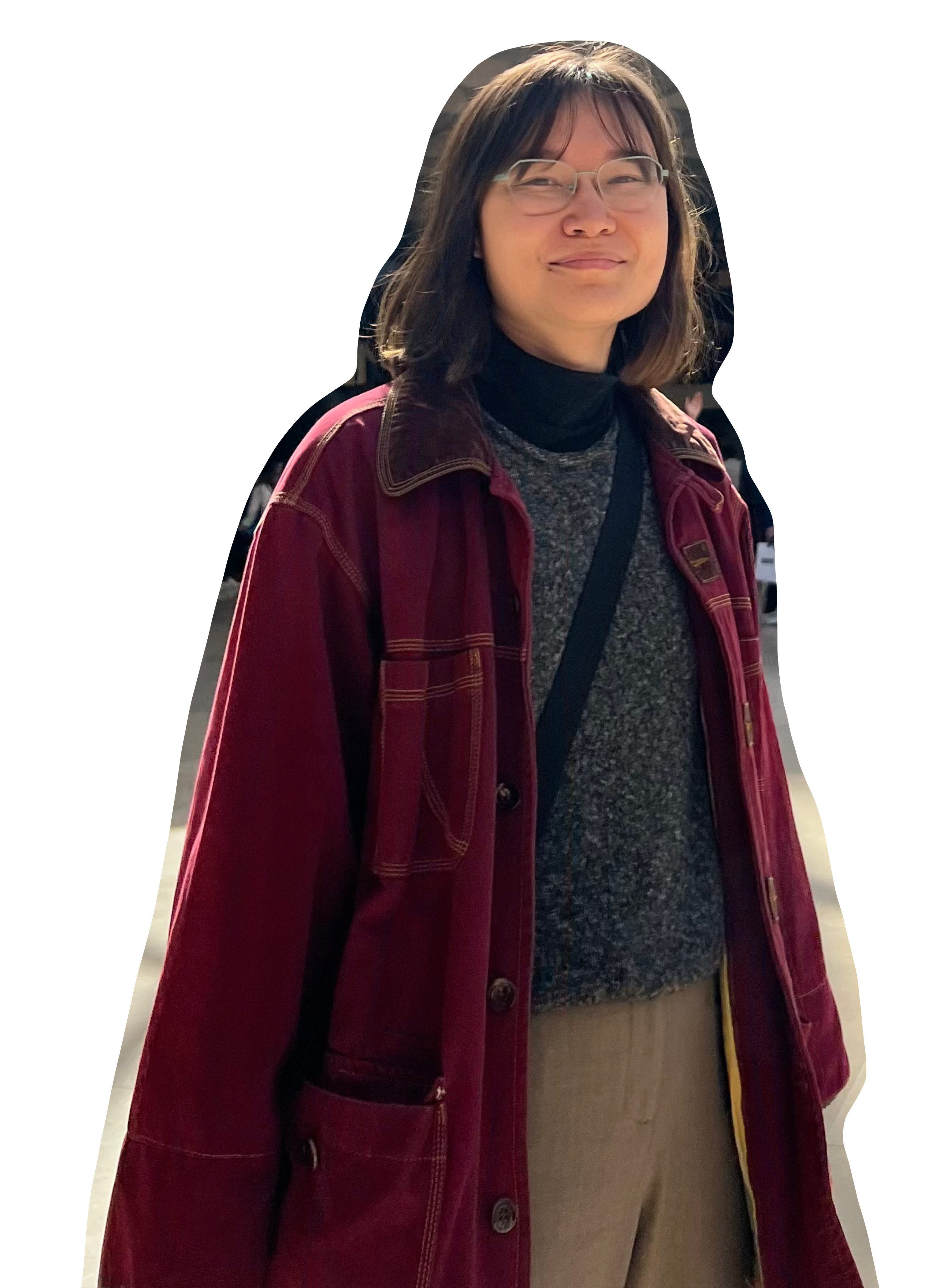ALIEN ON A TRAIN
Virtual Reality

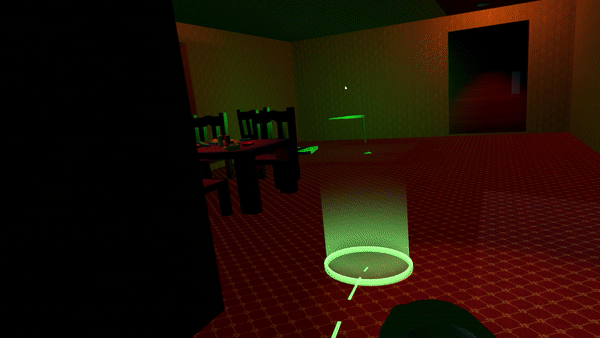
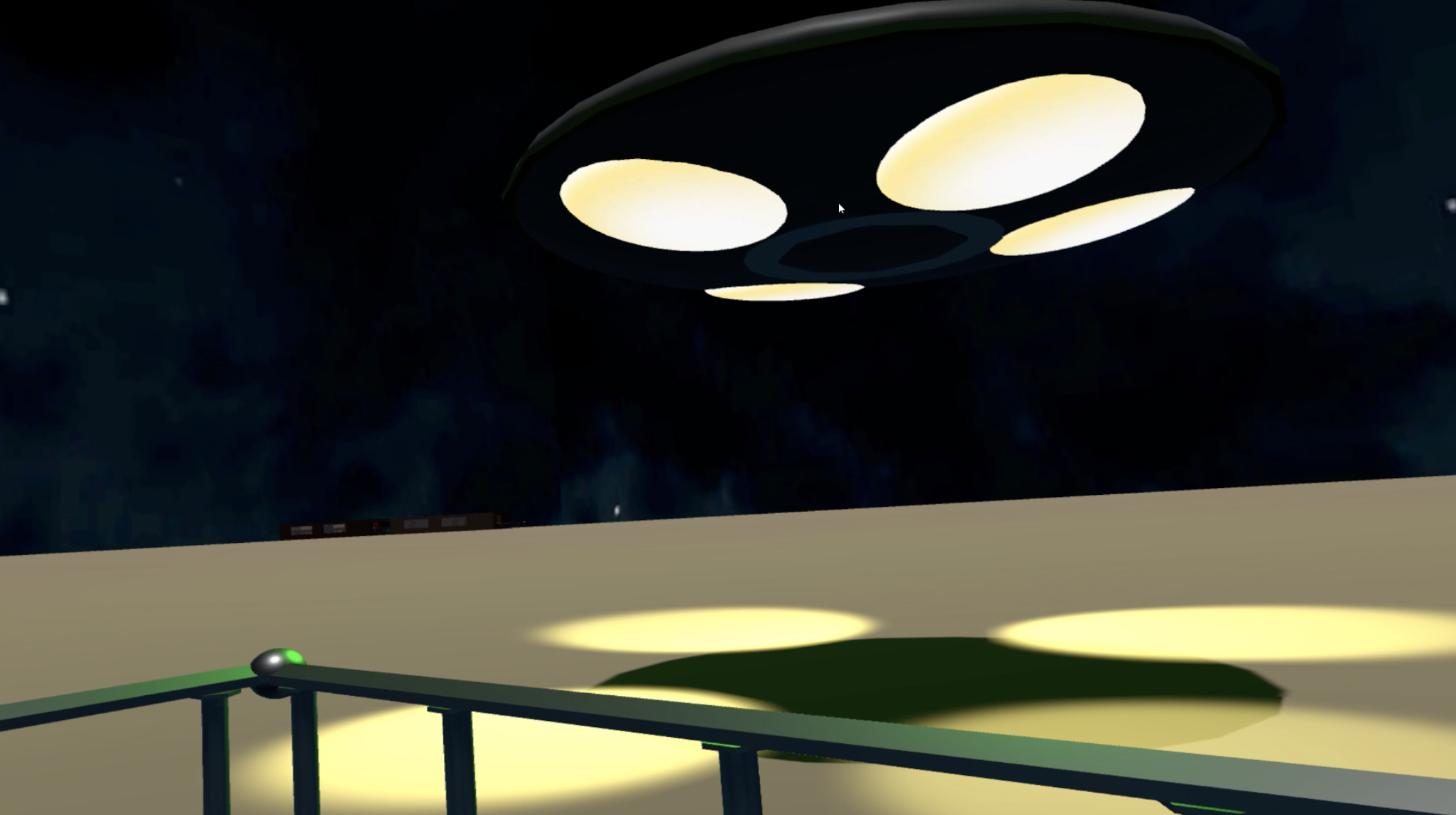
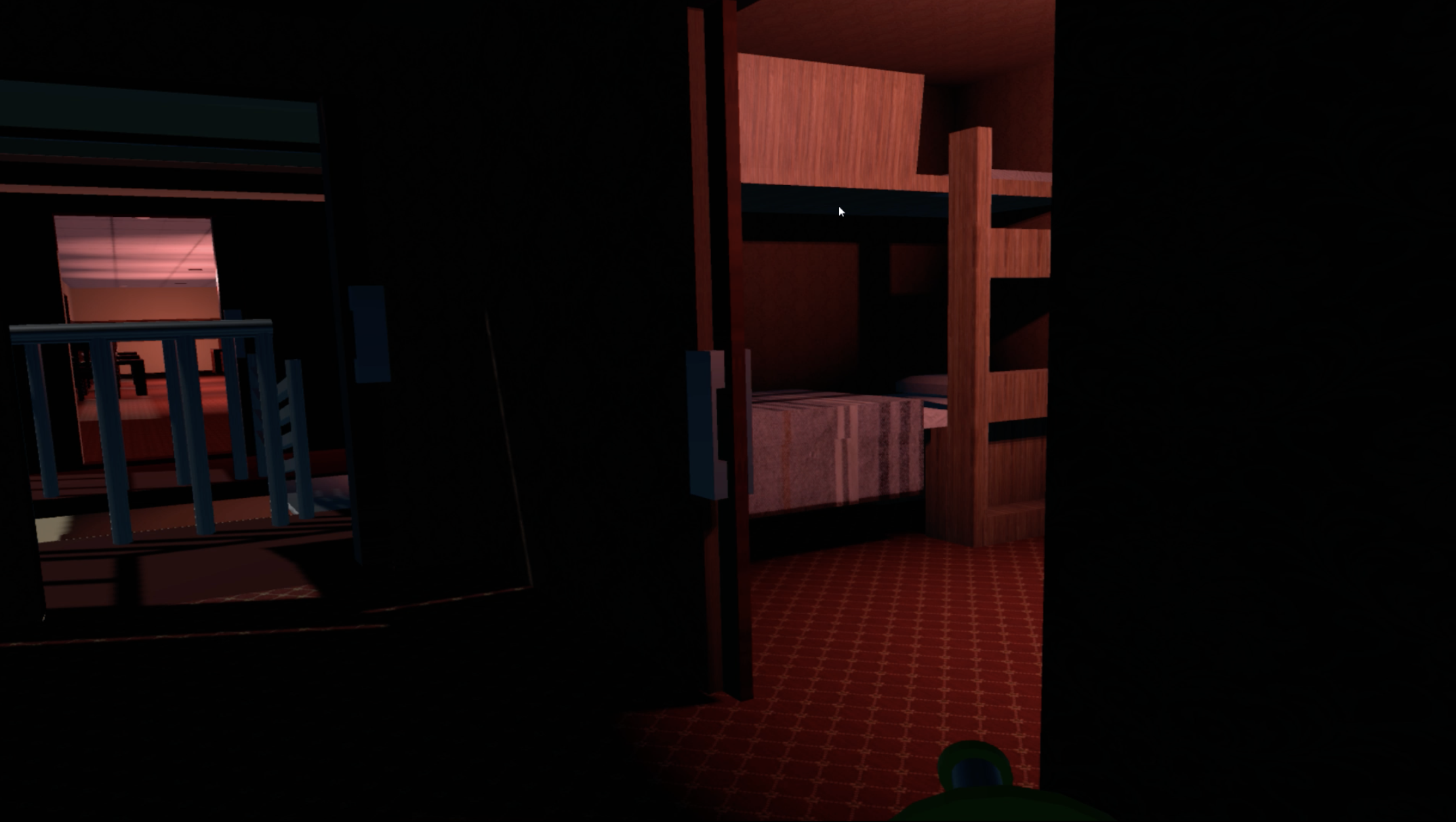
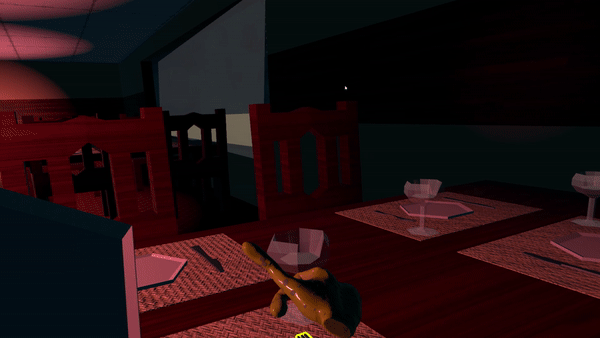

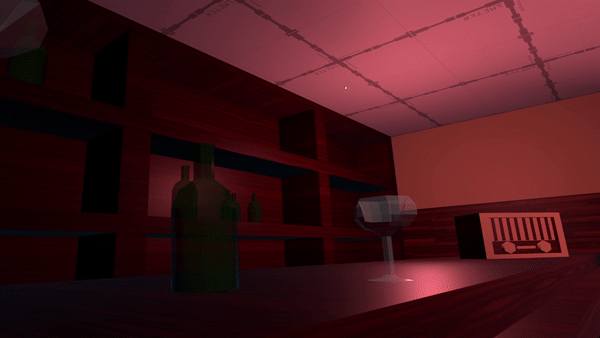
Worked for:
7 weeks, Sep - Oct 2022
Created by:
Jeeyeon Barnes and Erika Sampson
Individual Responsibilities:
7 weeks, Sep - Oct 2022
Created by:
Jeeyeon Barnes and Erika Sampson
Individual Responsibilities:
- game design
- environment design
- 3D modeling
- programming
Alien on a Train is the first project I developed for my CS 321: Virtual Reality course. In this VR experience, you play as an alien sent to retrieve items from a train in order to further your research on humanity. The main goal of this project was to familiarize ourselves with working in VR with the Oculus headset using the Unity engine and C# scripting. This game won third prize at the computer science department’s 40th anniversary.
Development Process:
The development of Alien on a Train was divided into three main phases. During the initial phase, we began by creating a greybox model of the train, and subsequently created and added all the 3D models. At this stage, we also implemented basic levels of interactivity by enabling the player to pick up almost any object in the scene.
In the second phase, we added additional elements like materials, audio, text, and animations. I also expanded on the interactivity by integrating a radio playing jazz music that the player could turn on/off. I incorporated simple door opening and closing animations for added realism, and implemented movement to the train to further enhance the immersive experience.
For the final phase, we incorporated a trigger system for UI text and a new mechanic in the form of a ray gun that sends items back to the spaceship.
Throughout the development process, we conducted playtests with our classmates after each major phase, presenting the project in class-wide demos. These sessions provided valuable feedback. Since we were the ones who created the project, we were unable to objectively gauge how difficult it was the play or understand it. We used our experience playtesting to refine the game's mechanics and clarify potentially confusing aspects. One key feature that we were inspired to add was train movement, which helped players to more readily identify their surroundings as a moving train.
Challenges Faced:
One of the major challenges I faced while developing this VR game was implementing the train movement feature. This process presented multiple difficulties that required innovative solutions.
Initially, I attempted to use a waypoint finding script attached to the train to simulate movement. However, I soon realized that this approach could not accurately replicate the train's natural movement because the train was composed of two cars. The movement of the second car was awkward and inflexible. To solve this issue, I employed Unity's Hinge Joint, which allowed me to create a more realistic movement for both cars. Nevertheless, the use of rigidbodies in both the hinge and player interaction with objects resulted in a significant problem. The solution could not function correctly without completely eliminating object interactivity, which we did not want to sacrifice.
As a result, I explored an alternative method for train movement that would not compromise interactivity. I decided to move the terrain instead of the train, creating the illusion of train movement. This solution involved the terrain moving in a circular motion around the train and the addition of an oasis area in the scene to assist the player in orienting themselves and recognizing the train's movement.
Lessons Learned:
During the development of Alien on a Train, I learned about the importance of user testing and incorporating feedback to improve our project. Additionally, I discovered the value of compromise, whether it be in collaborating with a partner or sacrificing certain elements to achieve the overarching goals of the project. If given more time, I would have liked to create a proper ending for the game, providing players with a clear indication of when they have completed the experience.
Alien on a Train was a challenging yet fulfilling project that allowed me to hone my skills in game design and development, particularly in Unity and C# programming. The project also provided an opportunity for me to explore the realm of VR development, broadening my skillset and understanding of the field.
Development Process:
The development of Alien on a Train was divided into three main phases. During the initial phase, we began by creating a greybox model of the train, and subsequently created and added all the 3D models. At this stage, we also implemented basic levels of interactivity by enabling the player to pick up almost any object in the scene.
In the second phase, we added additional elements like materials, audio, text, and animations. I also expanded on the interactivity by integrating a radio playing jazz music that the player could turn on/off. I incorporated simple door opening and closing animations for added realism, and implemented movement to the train to further enhance the immersive experience.
For the final phase, we incorporated a trigger system for UI text and a new mechanic in the form of a ray gun that sends items back to the spaceship.
Throughout the development process, we conducted playtests with our classmates after each major phase, presenting the project in class-wide demos. These sessions provided valuable feedback. Since we were the ones who created the project, we were unable to objectively gauge how difficult it was the play or understand it. We used our experience playtesting to refine the game's mechanics and clarify potentially confusing aspects. One key feature that we were inspired to add was train movement, which helped players to more readily identify their surroundings as a moving train.
Challenges Faced:
One of the major challenges I faced while developing this VR game was implementing the train movement feature. This process presented multiple difficulties that required innovative solutions.
Initially, I attempted to use a waypoint finding script attached to the train to simulate movement. However, I soon realized that this approach could not accurately replicate the train's natural movement because the train was composed of two cars. The movement of the second car was awkward and inflexible. To solve this issue, I employed Unity's Hinge Joint, which allowed me to create a more realistic movement for both cars. Nevertheless, the use of rigidbodies in both the hinge and player interaction with objects resulted in a significant problem. The solution could not function correctly without completely eliminating object interactivity, which we did not want to sacrifice.
As a result, I explored an alternative method for train movement that would not compromise interactivity. I decided to move the terrain instead of the train, creating the illusion of train movement. This solution involved the terrain moving in a circular motion around the train and the addition of an oasis area in the scene to assist the player in orienting themselves and recognizing the train's movement.
Lessons Learned:
During the development of Alien on a Train, I learned about the importance of user testing and incorporating feedback to improve our project. Additionally, I discovered the value of compromise, whether it be in collaborating with a partner or sacrificing certain elements to achieve the overarching goals of the project. If given more time, I would have liked to create a proper ending for the game, providing players with a clear indication of when they have completed the experience.
Alien on a Train was a challenging yet fulfilling project that allowed me to hone my skills in game design and development, particularly in Unity and C# programming. The project also provided an opportunity for me to explore the realm of VR development, broadening my skillset and understanding of the field.
